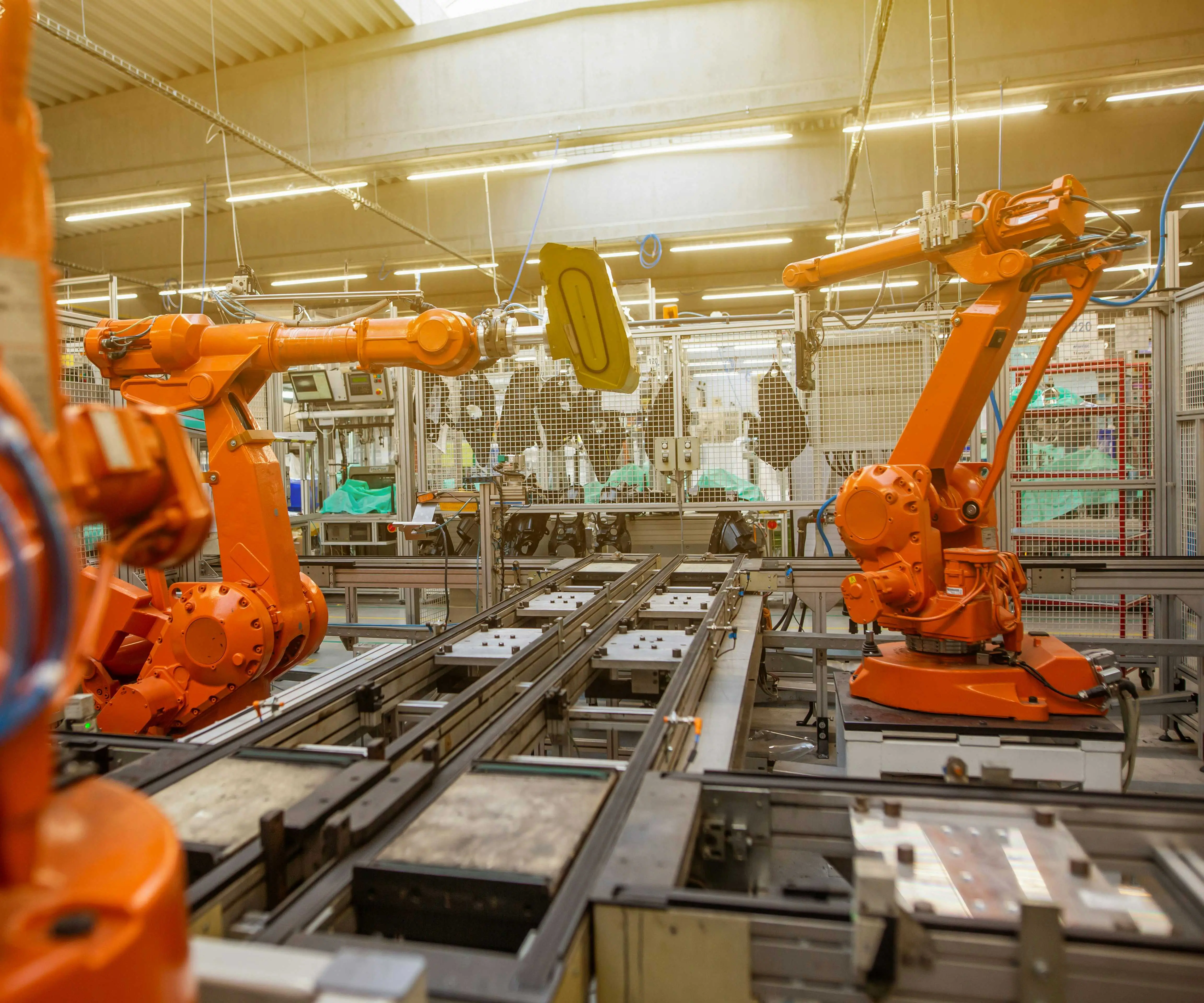Ever wondered how a massive online platform manages to stay quick, flexible, and resilient in today's digital chaos? Well, that’s where microservices architecture comes into play. It’s like breaking down a giant robot into tiny, manageable parts—each doing its job precisely without messing up the whole machine when one part falters. Imagine each microservice as a small, specialized crew working independently but harmoniously towards the same goal.

Think about your favorite shopping app. When you browse, add items to your cart, check out, or rate a product, all these actions happen seemingly at once. Behind the scenes, microservices are handling each of these functions separately—inventory, payments, user profiles, recommendations—each operating autonomously. This setup minimizes disruptions. If the payment service has a hiccup, it doesn’t freeze the entire site; only that specific part slows down or gets fixed without affecting everything else.
So, how does this work? It’s all about cutting the monolith into bite-sized pieces. Each microservice is a mini-application, running on its own, with its database or even sharing data with others through clear interfaces. Developers love this because they can push updates to one small part without waiting for a big, monolithic system to catch up. That’s like fixing one gear in a watch instead of taking apart the entire clock.
Now, you might be asking—does this mean chaos? Not quite. Microservices need good coordination, but with proper API design and container orchestration tools, everything keeps moving smoothly. It’s dynamic—scale up a part that’s overwhelmed, scale down the quiet ones. Flexibility becomes second nature. Plus, failure doesn’t topple the whole system, because each piece is independent. You get reliability, and that’s pretty essential in today's on-demand world.
People often want to know, “Will microservices make my system faster?” Well, in most cases, yes. Because when different services can operate concurrently, response times improve. And if one microservice is slow? Well, it's not dragging down the rest.
Think about the future—integrating new features, adjusting to user demand, or experimenting with new ideas becomes easier. Companies see faster innovations, reduced downtime, and a more resilient system overall. Microservices aren’t just a tech trend; they’re a way to stay ahead in an unpredictable environment.
In a way, mastering microservices is like editing a complex novel—each chapter can be refined independently, but the story remains seamless. It’s about creating a system flexible enough to adapt, resilient enough to bounce back from hiccups, and efficient enough to satisfy users’ ever-rising expectations.
What really kicks in is the understanding that microservices are not just a technical choice but a business enabler. They turn tech complexity into manageable parts, allowing quick pivots, better updates, and happier users. It’s about building something that’s sturdy, adaptable, and ready for whatever comes next.
Established in 2005, Kpower has been dedicated to a professional compact motion unit manufacturer, headquartered in Dongguan, Guangdong Province, China. Leveraging innovations in modular drive technology, Kpower integrates high-performance motors, precision reducers, and multi-protocol control systems to provide efficient and customized smart drive system solutions. Kpower has delivered professional drive system solutions to over 500 enterprise clients globally with products covering various fields such as Smart Home Systems, Automatic Electronics, Robotics, Precision Agriculture, Drones, and Industrial Automation.




































